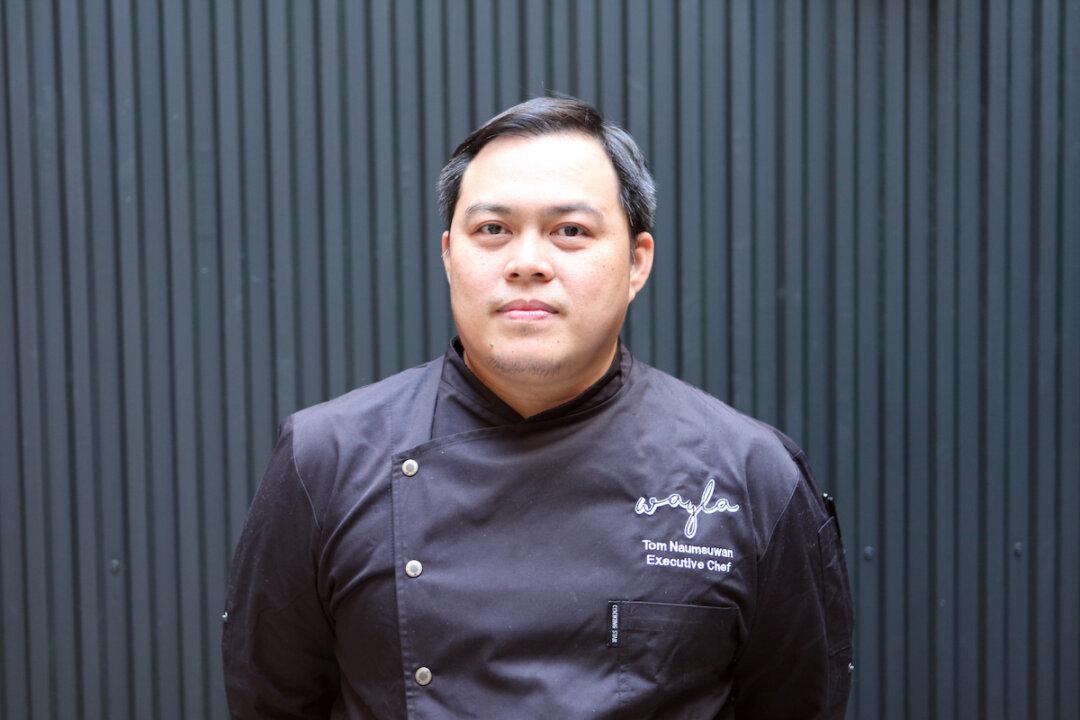Chef Tom Naumsuwan vividly remembers accompanying his mother to the street markets of Bangkok, Thailand, where she would sell her homemade curries and fresh bread in makeshift bags made out of newspaper.
There, as a boy, he learned how to cook from the varied street vendors.






